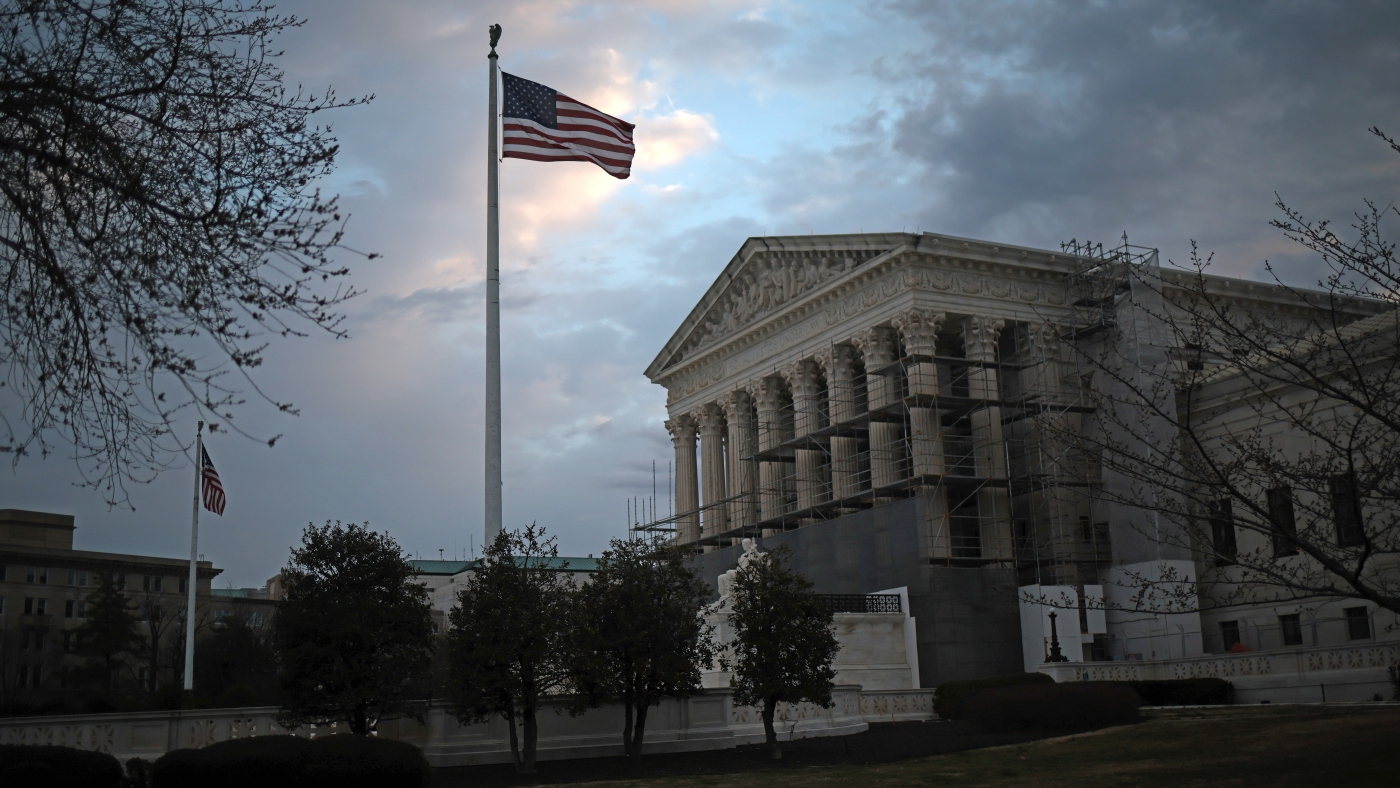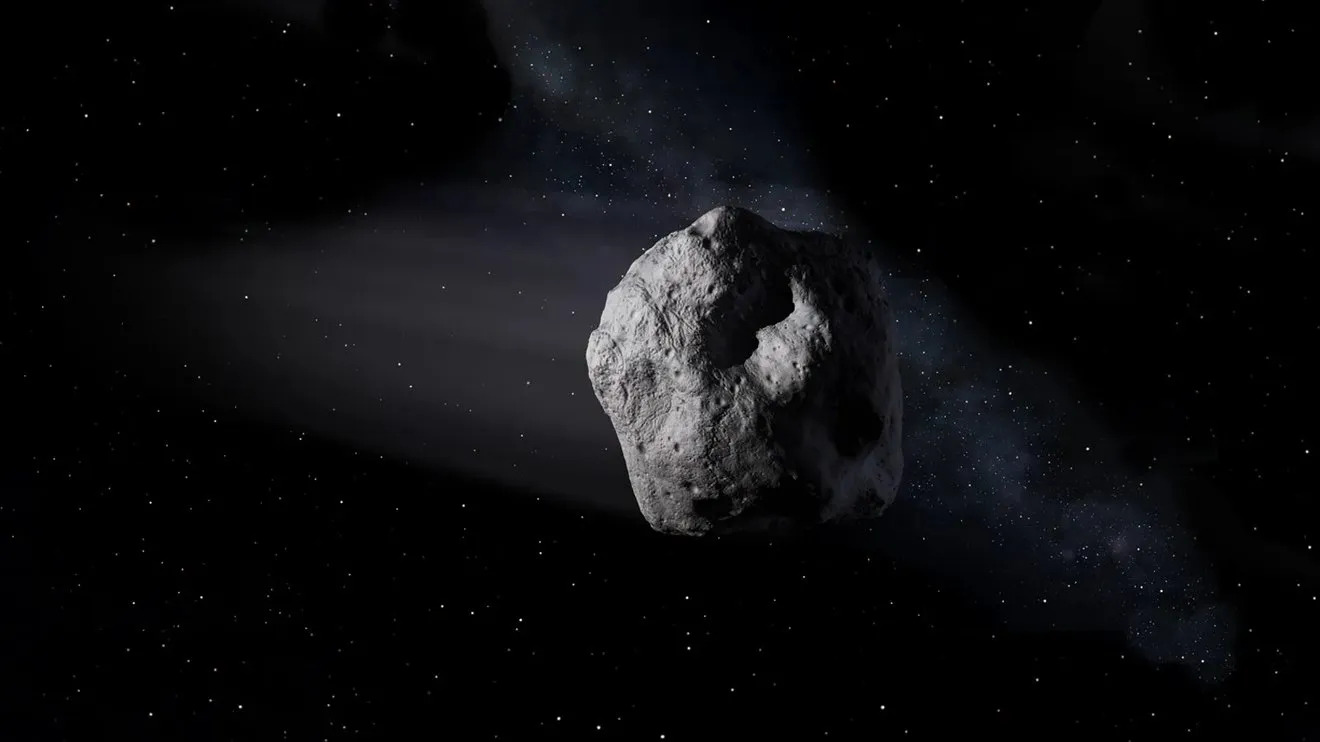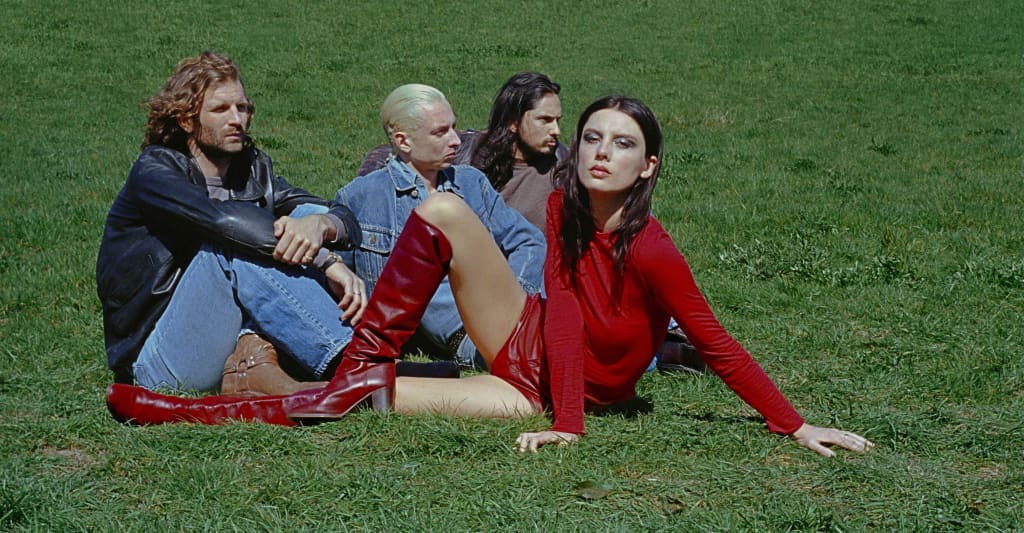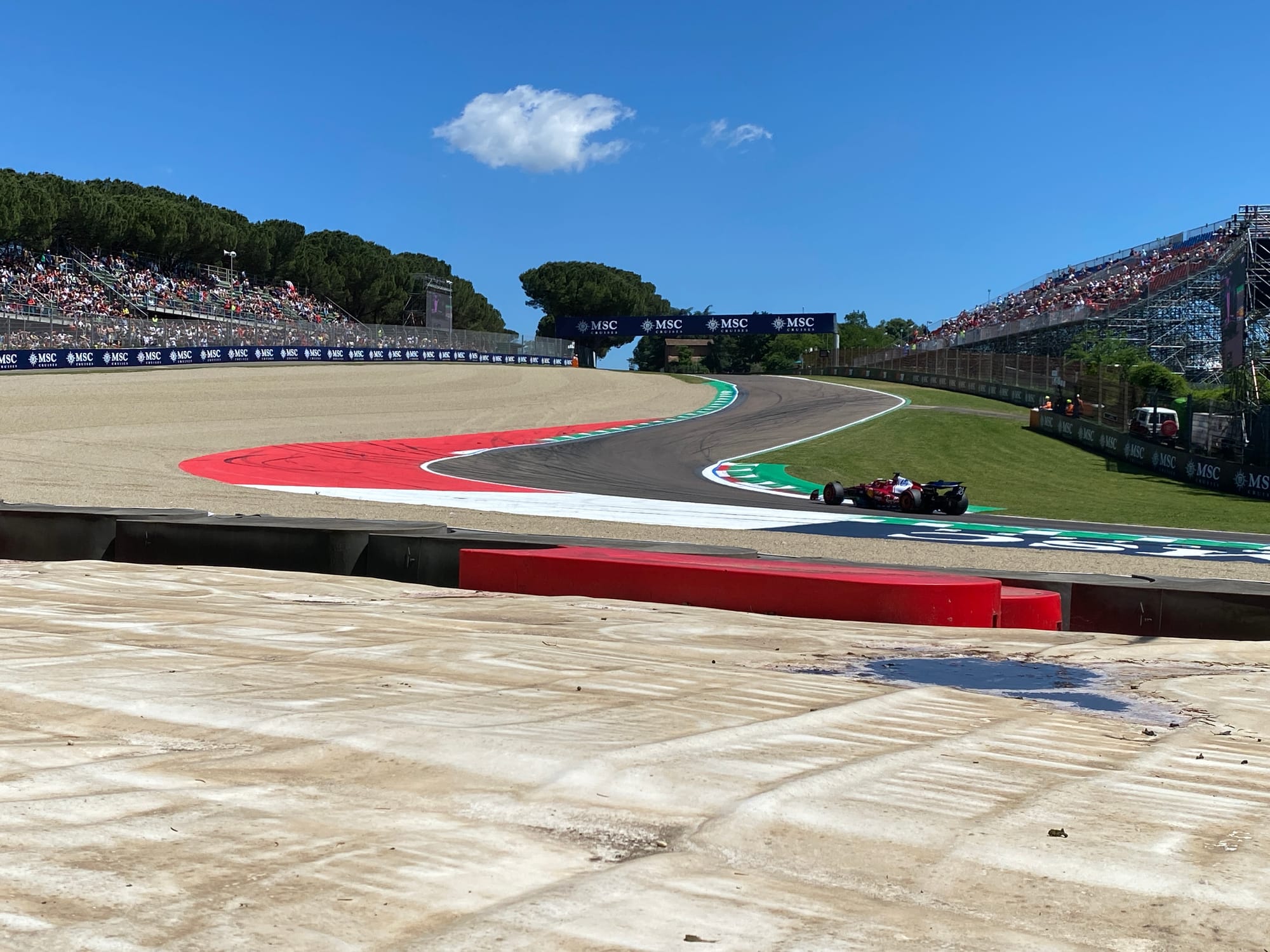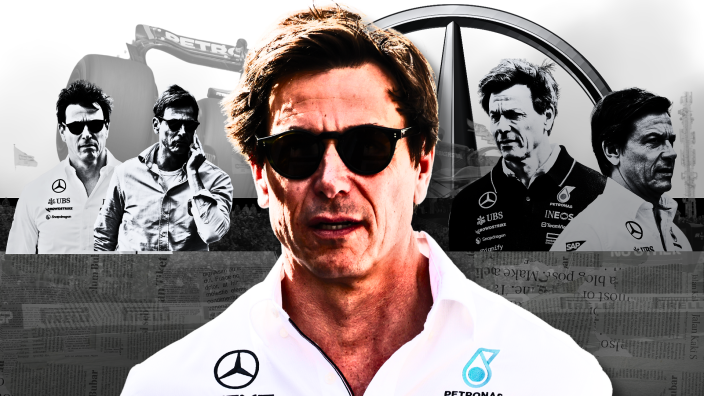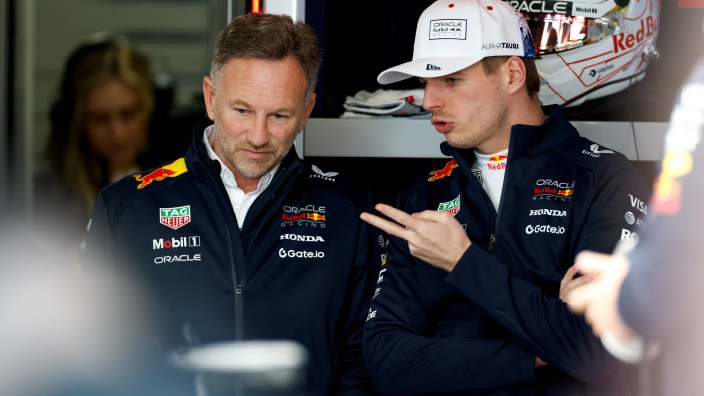Trackside view: What we learned at one of F1's most revealing corners
Acque Minerali is not only one of the greatest corner names in Formula 1, but also a picturesque and fascinating place to watch grand prix cars in action
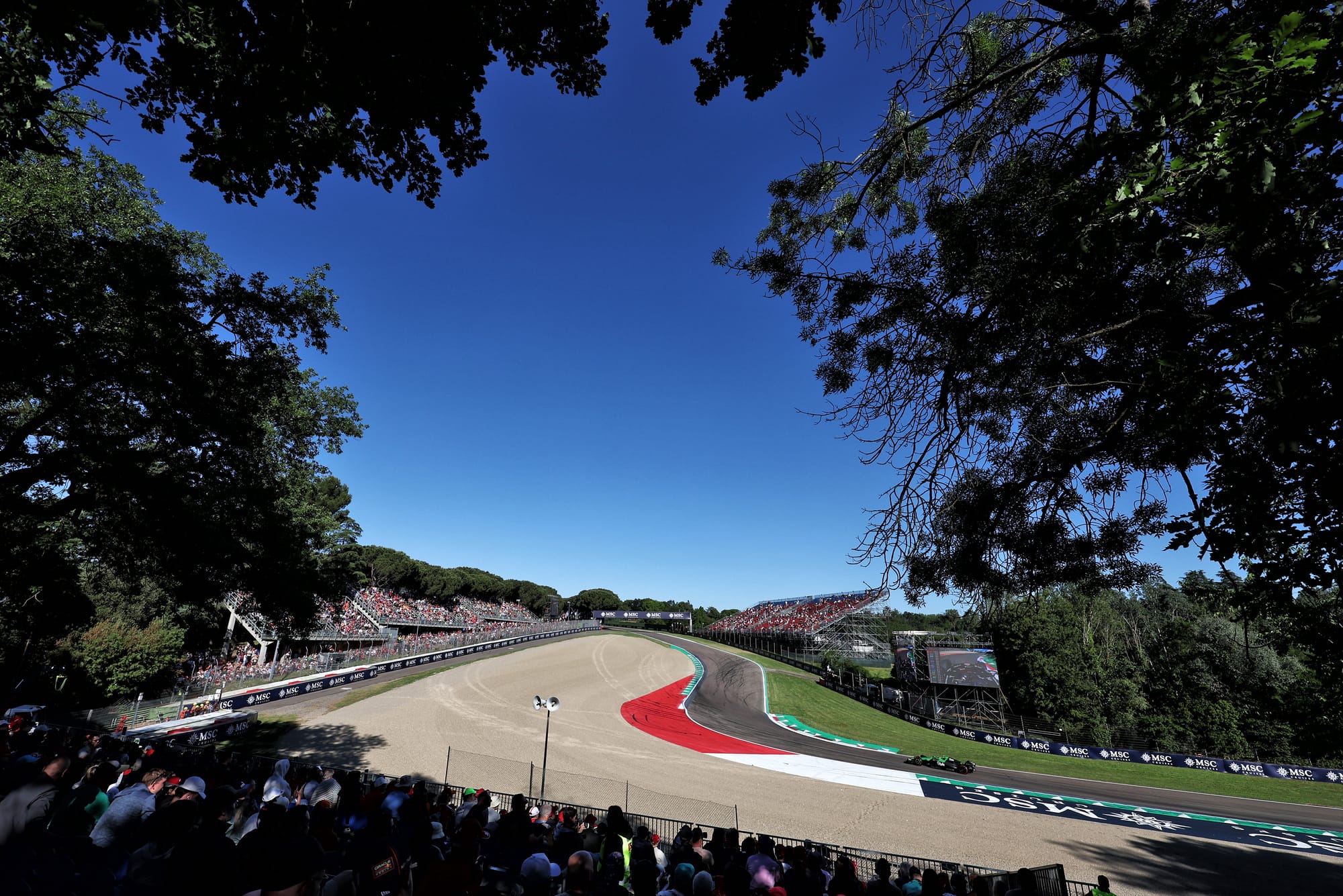

Acque Minerali is not only one of the greatest corner names in Formula 1, but also a picturesque and fascinating place to watch grand prix cars in action. During FP1 and FP2 at Imola today, it also revealed some interesting trends, as well as underlining just how small a difference there really is between the fastest and slowest cars.
The first part of Acque Minerali is a straightforward right-hand blast, taken in seventh gear. Then it’s about getting on the brakes and shedding the speed, dropping it down to fourth then tipping it into the business end of this complex – the uphill right-hander, generally taken in fourth – that sends the cars towards Variante Alta. The fact the track curves back on itself a little at the exit puts a premium on getting the car rotated well and stable enough to get the power down. An unsettled car here can be costly.
That’s what makes it a trade-off corner. You can attack the turn and make gains on the way in, but hanging onto them depends on the ability to get the car rotated without a painful delay to the throttle.
Get more of Edd's trackside analysis exclusively in The Race Members' Club on Patreon - with 75% off your first month if you join now
During FP1, the two Ferrari drivers showcase the varying approaches, with Charles Leclerc seemingly determined to carry as much speed as he could be confident to on the brakes then hope he can sort it out. Lewis Hamilton, by contrast, is more controlled and in that session it works better for him. Come FP2, Leclerc has dialled it back slightly and it is clear that while neither Ferrari driver is completely confident on the brakes, one is more so than the other.
At McLaren, too, there is a contrast in FP1. As is often the case, the McLaren’s hint of instability means it looks alive but mostly in a usable way. On his best lap in FP1, Oscar Piastri pitches the car in positively but the rotation is under control and he’s able to be on the throttle without too much hesitation. Lando Norris is smoother, an approach that is less effective, but by FP2 makes for a better exit and potentially time gained.
Throughout the grid, there are similar contrasts. Particularly early on, Kimi Antonelli explores the limits while Mercedes team-mate George Russell is more quickly into the groove on a track he’s been racing in F1 cars at since 2020.
So, too, at Aston Martin where Fernando Alonso is almost willing the car into the corner, but rarely with the rear end grip to make that work, while Lance Stroll, driving the upgraded version, has his usual dash of comfort understeer but without it ever becoming so front limited that getting on the power is delayed too much.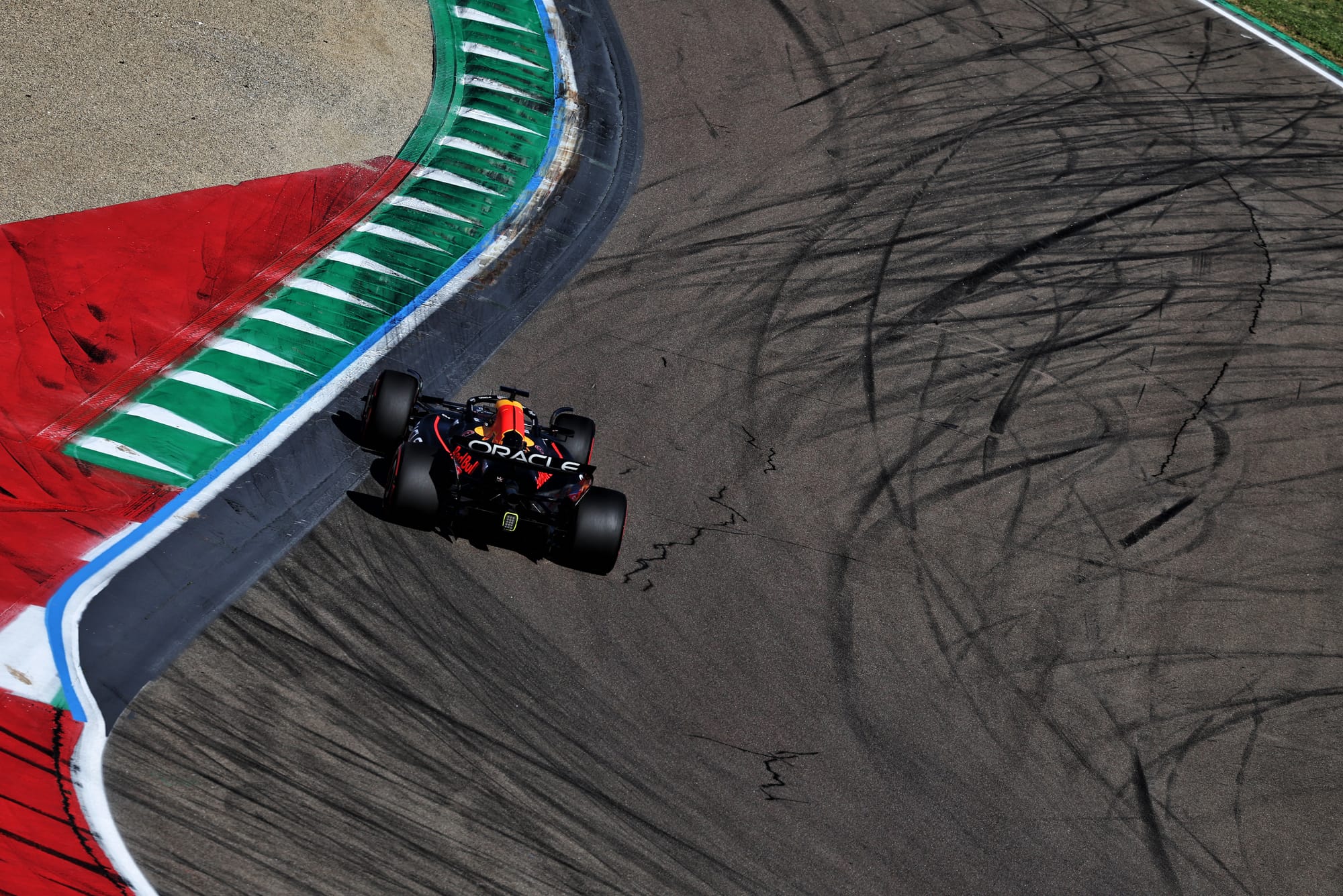
Things are a little different at Red Bull, where the occasionally unreliable rear end lets both drivers down at times. As always, it’s Yuki Tsunoda who has the bigger moments, one in particular in FP2 that takes a little time to sort out. In the sister Racing Bulls team, Isack Hadjar looks a little more at one with the car than Liam Lawson, who is never able to attack the right-hander as much as he’d ideally like.
At Haas, Ollie Bearman appeared the more comfortable of the two drivers having taken the upgrade package for FP1. With characteristics improvements a key target, his ability to attack the corner eclipsed Esteban Ocon, who didn’t appear entirely at one with his machine.
As for the Saubers, early promise gradually melted away as it looked very much like a car that was reasonably well balanced but under-gripped.



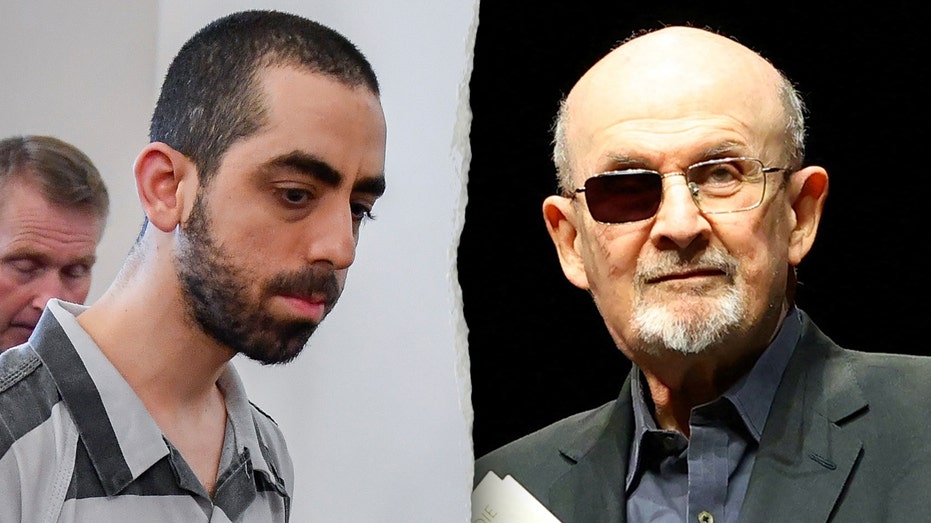













![How to make Developer Friends When You Don't Live in Silicon Valley, with Iraqi Engineer Code;Life [Podcast #172]](https://cdn.hashnode.com/res/hashnode/image/upload/v1747360508340/f07040cd-3eeb-443c-b4fb-370f6a4a14da.png?#)



![[Virtual Event] Strategic Security for the Modern Enterprise](https://eu-images.contentstack.com/v3/assets/blt6d90778a997de1cd/blt55e4e7e277520090/653a745a0e92cc040a3e9d7e/Dark_Reading_Logo_VirtualEvent_4C.png?width=1280&auto=webp&quality=80&disable=upscale#)















